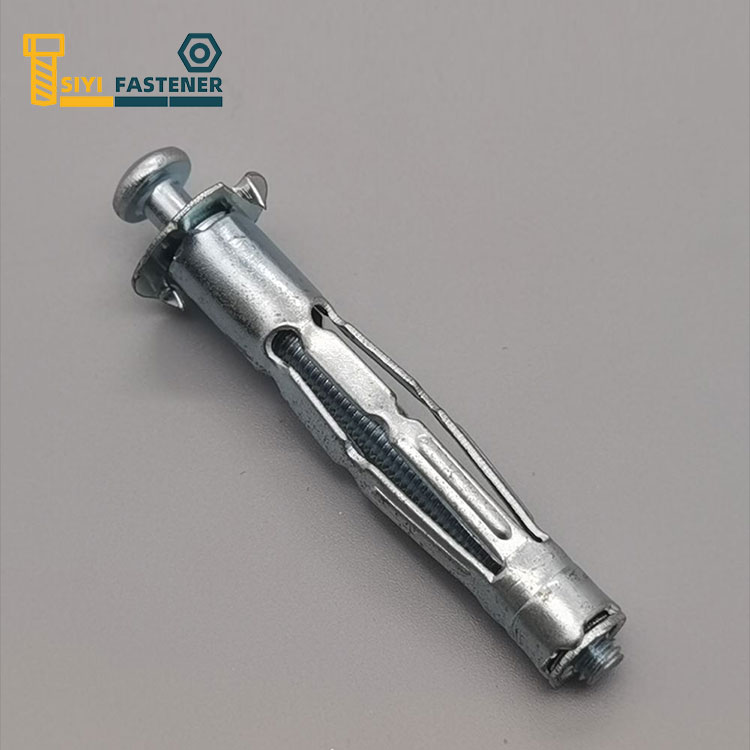Hot-dip galvanizing is a process of coating steel and iron surfaces with a layer of zinc, which can be used as a surface treatment for the Carbon Steel Zinc Plated Hollow Wall Anchor. There is also another method called hot-dip zinc plating, which can effectively prevent metal corrosion. These two surface treatment methods have their differences and are mainly used in metal structures in various industries. After the steel parts are rusted, they are dipped in a zinc solution that is melted at around 500°C, to adhere a layer of zinc to the surface of the steel components. This helps to prevent corrosion. The hot-dip galvanizing method involves dipping the rusted steel components in a zinc solution that is melted at around 600°C, to adhere a layer of zinc to the surface of the steel components. The thickness of the zinc layer for thin plates, which are below 5mm, should be no less than 65μm, while that for thick plates, which are 5mm or more, should be no less than 86μm, thus providing corrosion prevention.
The term galvanized products nowadays refers to a layer of zinc coating on the surface of metals, alloys or other materials to achieve an aesthetic appearance and rust prevention. Hot-dip galvanizing mainly uses a zinc-tin solution to cover the Carbon Steel Zinc Plated Hollow Wall Anchor, which is a more traditional method of galvanizing. The rust prevention time is about five times longer than that of non-galvanized products. Hot-dip galvanizing is mainly used in outdoor constructions, and it can withstand saltwater testing for about 36 hours.


